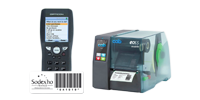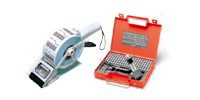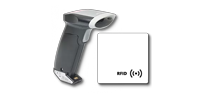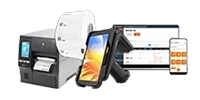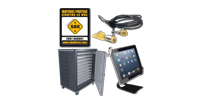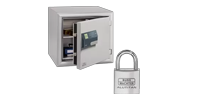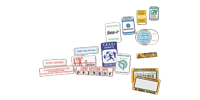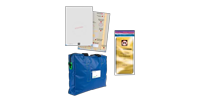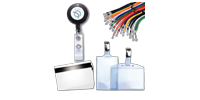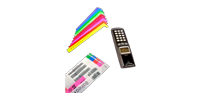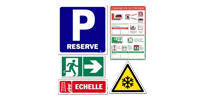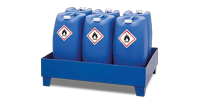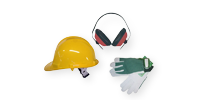For several years now, the technologies concerning badge readers and badges have been constantly evolving. The first trend was mainly magnetic stripe readers, but this is a limited method of storing data. Over time, the technologies have improved with RFID badge readers entering the market.
Today, adding an access control system to your premises is a must to protect your premises, your employees, your sensitive information... Installingg a badge reader allows you to save time by quickly identifying your employees, controlling access to people from outside your company, managing computer access authorisation etc.
SBE Direct offers a complete range of badge readers for all types of businesses and applications. In this article, we will answer all your questions about badge readers.
What is a badge reader ?
First of all, let’s define the word badge reader. A badge reader is a device that reads and scans your company’s badges or cards, allowing you to manage the flow of people into and out of your premises. Operation is simple, fast and secure. You will save time, as you will no longer need to do it manually. There are different types of badge readers, such as biometric, magnetic, barcode or RFID. On our website you will find magnetic stripe, RFID and barcode readers.
How to install the badge reader ?
Simply place it at the entrance and/or exit of your premises, fix it to the wall or on a suitable place for its use. For some badge readers, you need software to be able to read the retrieved data. For RFID badge readers, you need an interface to connect the RFID tag receiver.
How does a badge reader work ?
The main purpose of a badge reader is to secure and control access to your premises, computers, sensitive areas, etc. The badge reader reads all types of badges such as barcode badges, magnetic stripes, RFID chips... The badge reader will offer several ways to use it on a daily basis. For example, it can be used to control entry and exit, to prevent intruders from entering the premises, to reassure your employees, but also to show the professionalism of your company.
Types of badge readers
There are 4 types of readers for access control:
- Magnetic badge reader: reads badges and cards containing a magnetic stripe. It will read cards whose tracks are already encoded, for example for traceability or data processing. A data processing system takes care of processing the information. It is recommended to use it indoors, as it must be connected to a USB port.
- Barcode reader: will read and scan both visible and hidden barcodes. It is a reader that can be limited in its use as it will only read barcodes and QR codes present on a label or badge.
- RFID badge reader: is a contactless system that quickly reads badges and other products with an RFID tag, which is becoming increasingly popular these days. It is easy to set up in your premises as it is a simple solution.
- Biometric reader: has a sensor, which will usually identify the person’s fingerprint. It is therefore difficult to falsify, which guarantees even more security. On the other hand, it is more difficult to install on your premises, as it is a high-tech device.
When and where to use a badge reader?
You can use a badge reader in your company for many reasons, not just for access control at the entrance and exit of your premises. For example, in the banking sector, for access control, for security access devices, for registration systems (such as in a sports centre to identify you) or for many other uses.
How does an RFID badge reader work?
An RFID badge reader is a device that emits radio frequency signals and can detect all tags and chips within its reading range. The RFID chip reader provides the energy to detect and decode RFID antennas at different distances. The reading distance depends on the reading frequency and the size of the antenna.
Reading the chip includes understanding the UDI (chip ID number), the type of chip and the potential data written and read. For example, the data encoded in the chip could be the name of the customer entering the stadium or the number of entries on the card.
To learn more about RFID, we invite you to read our article Understanding RFID in 10 points which will help you to better understand.
How to choose a badge reader?
First of all, it is important to define your needs and then choose the right badge reader for your activity and use.
You will not have the same use in a small structure of 10 people as in one of 500 people. You need to think about your budget, but you also need to know what data you want to collect, because the more data you have, the more powerful the reader you need.
If you want to have a high-tech system and you have a budget, we recommend that you get a biometric reader, which is the most secure. For RFID or magnetic badge readers, we advise you if you want to have a high tech system.
Below is a table of badge readers offered by SBE Direct:
| Type of badge reader | Type of information read | Contact / contactless | Visual |
|---|---|---|---|
| RFID badge reader | EM, TK4100, NXP-CODE2, NXP Mifare, NTAG2…. | contactless | 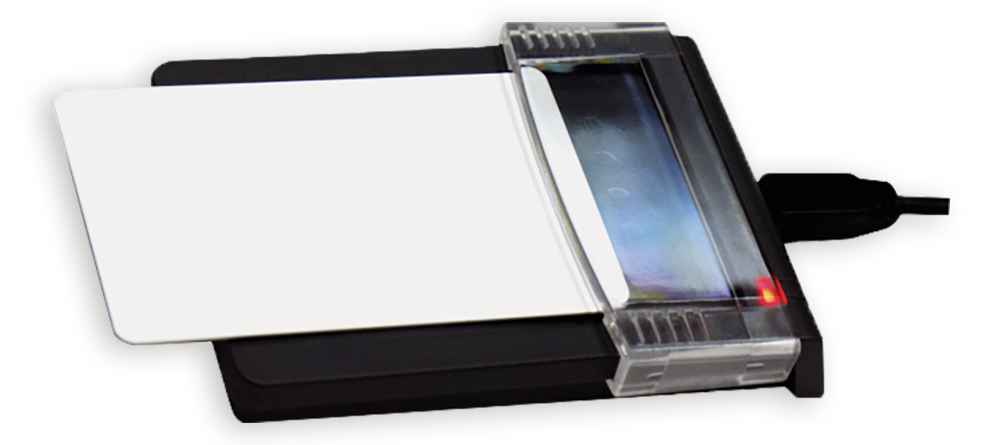 |
| Magnetic badge reader | Les pistes n°1 et 2 | contact | 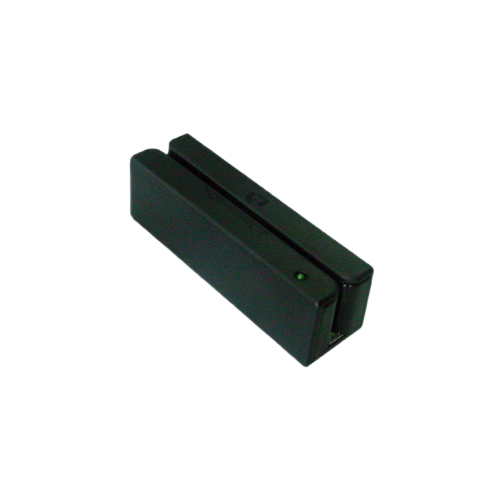 |
| Barcode reader | UPC-E, UPC-A, EAN-8, EAN-13, Add-on UPC/EAN, ISBN, ISSN, 2/5 industriel, 2/5 matrix, Code 39, Code 39 étendu, Code 93, Code 128, Codabar, JAN | contact | 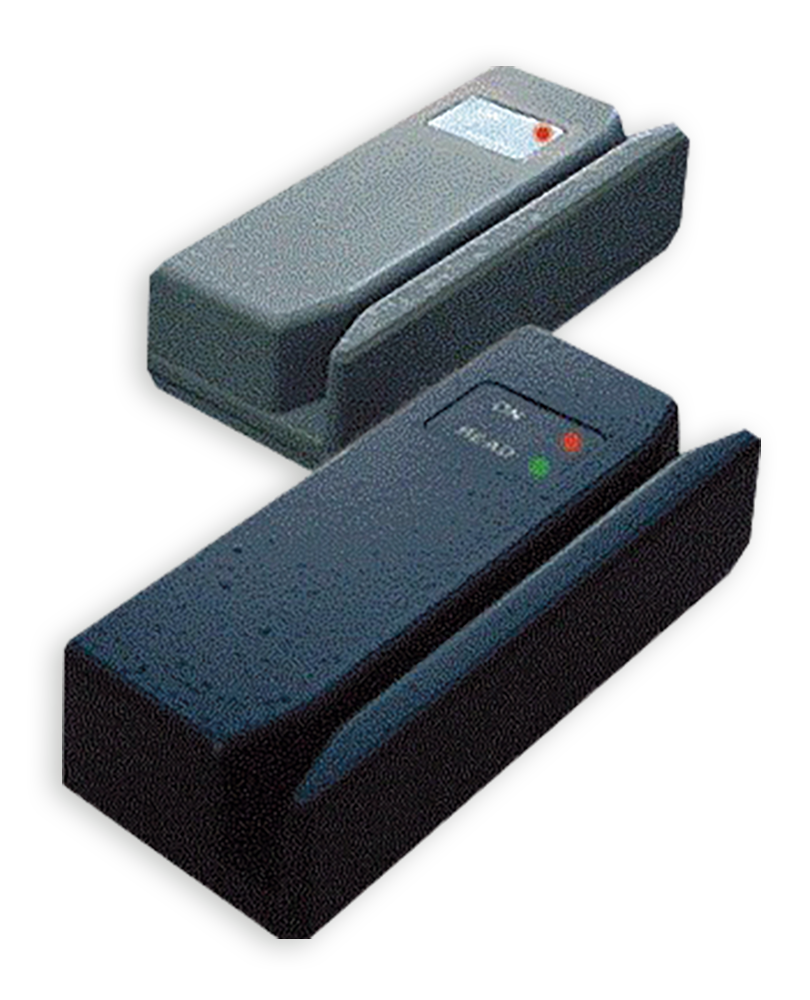 |

